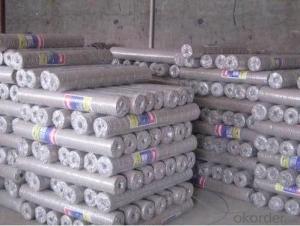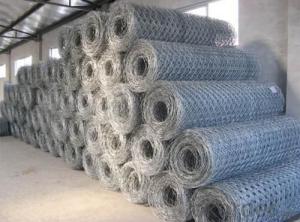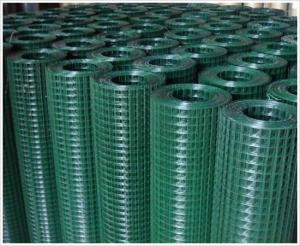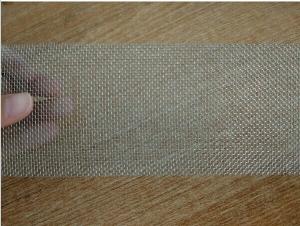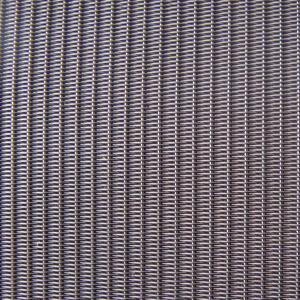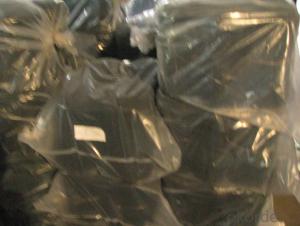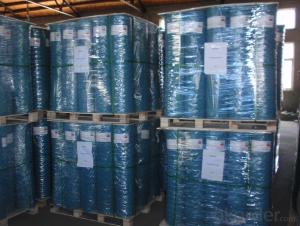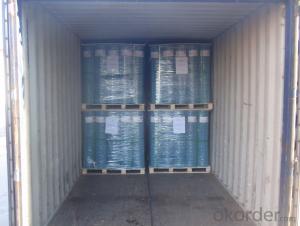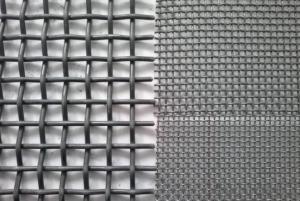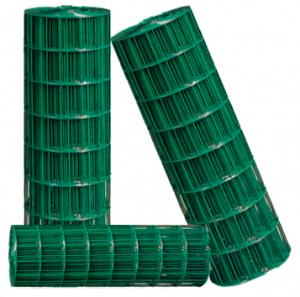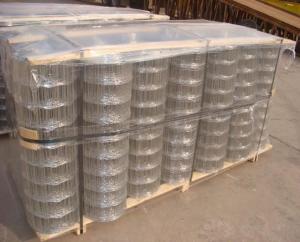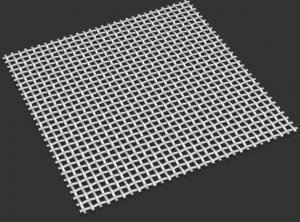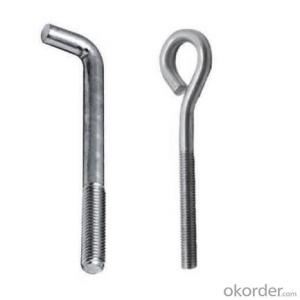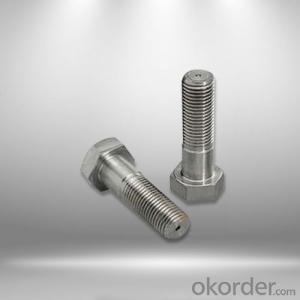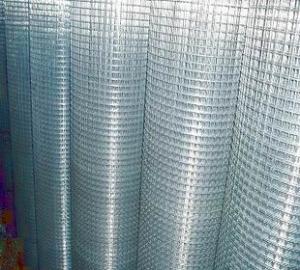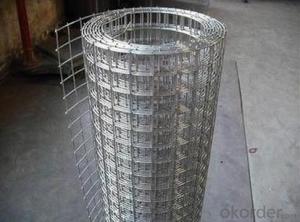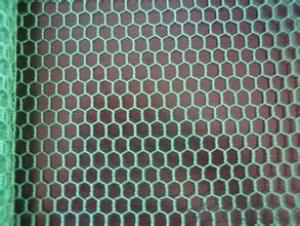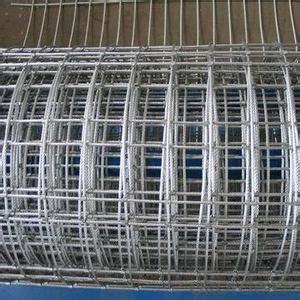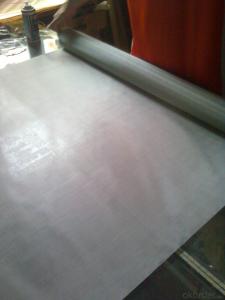Electric Galvanized Hexagonal Wire Netting for Rockwool
- Loading Port:
- Tianjin
- Payment Terms:
- TT OR LC
- Min Order Qty:
- 50 roll
- Supply Capability:
- 5000 roll/month
OKorder Service Pledge
OKorder Financial Service
You Might Also Like
Introduction of Galvanized Hexagonal Wire Mesh for Rockwool
Galvanized Hexagonal Wire Mesh is made of by high quality galvanized wire, Low carton steel wire, stainless steel wire, iron wire, Galvanized steel wire.
Application of Galvanized Hexagonal Wire Mesh for Rockwool
Galvanized Hexagonal Wire Mesh is widely used in industrial and agricultural constructions, Rockwool, fence for poultry cage, fishing cage, playground fence and Christmas decorations
Surface treatment of Galvanized Hexagonal Wire Mesh for Rockwool
a. Black (mild steel wire)
b. Electro galvanized, (galvanized before welding, galvanized after welding)
c. Hot dip galvanized, (galvanized before welding, galvanized after welding)
d. Stainless Steel Wire
Advantage of Galvanized Hexagonal Wire Mesh for Rockwool
Our Galvanized Hexagonal Wire Mesh has strong corrosion-resisting and oxidation-resisting, stable shape, clean ends, good packing with good quality and rock bottom price.
Packing of Galvanized Hexagonal Wire Mesh for Rockwool
1. Waterproof paper then PVC shrinked
2. PVC shrinked only
3. Black waterproof paper only
4. Waterproof paper then metal/wooden pallet
5. Plastic film then carton
(Also as your request. )
Pictures of Galvanized Hexagonal Wire Mesh for Rockwool
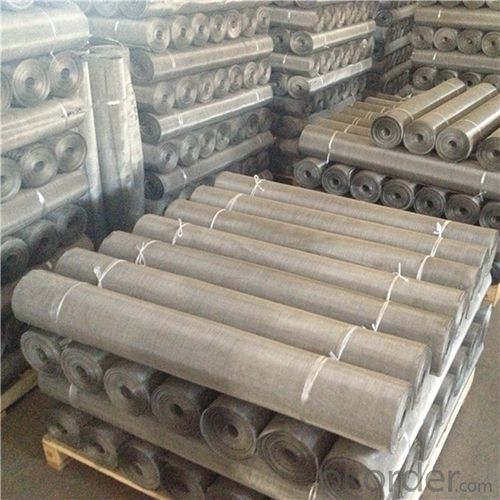
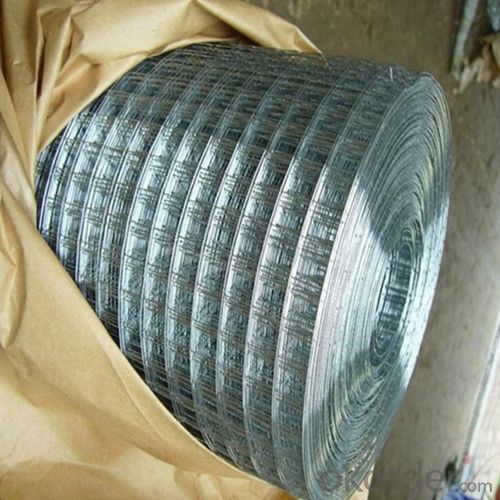
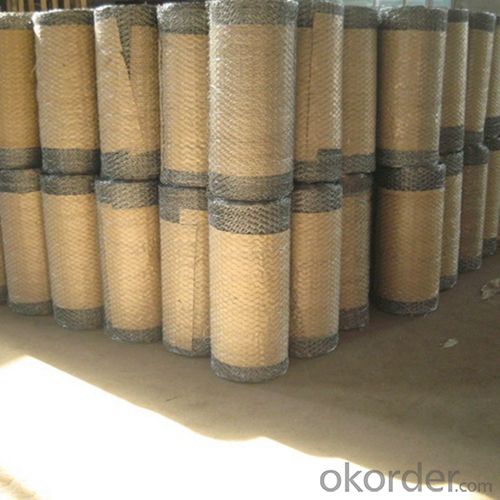
Specification of Galvanized Hexagonal Wire Mesh for Rockwool
Mesh Opening | Wire Thickness | Width | |||
inch | mm | bwg | mm | inch | m |
3/8 | 10 | 27; 26; 25; 24; 23 | 0.40-0.63 | 12-48 | 0.3-1.2 |
1/2 | 13 | 27; 26; 25; 24; 23; 22; 21; 20 | 0.40-0.88 | 12-80 | 0.3-2.0 |
5/8 | 16 | 27; 26; 25; 24; 23; 22; 21; 20 | 0.40-0.88 | 12-48 | 0.3-1.2 |
3/4 | 19 | 27; 26; 25; 24; 23; 22; 21; 20 | 0.40-0.88 | 12-80 | 0.3-2.0 |
1 | 25 | 27; 26; 25; 24; 23; 22; 21; 20 | 0.40-0.88 | 12-80 | 0.3-2.0 |
1-1/4 | 30 | 24; 23; 22; 21; 20; 19; 18 | 0.56-1.25 | 12-48 | 0.3-1.2 |
1-1/2 | 40 | 23; 22; 21; 20; 19; 18 | 0.63-1.25 | 12-80 | 0.3-2.0 |
2 | 50 | 23; 22; 21; 20; 19; 18; 17 | 0.63-1.47 | 12-80 | 0.3-2.0 |
3 | 75 | 23; 22; 21; 20; 19; 18; 17; 16; 15 | 0.63-1.83 | 12-80 | 0.3-2.0 |
4 | 100 | 16; 15; 14; 13; 12 | 1.65-2.77 | 20-160 | 0.5-4.0 |
Mesh Opening | Wire Thickness | Width | |||
inch | mm | bwg | mm | inch | m |
1 | 25 | 25; 24; 23; 22; 21; 20; 19; 18 | 0.51-1.25 | 12-80 | 0.3-2.0 |
1-1/4 | 30 | 25; 24; 23; 22; 21; 20; 19; 18 | 0.51-1.25 | 12-80 | 0.3-2.0 |
1-1/2 | 40 | 25; 24; 23; 22; 21; 20; 19; 18 | 0.51-1.25 | 12-80 | 0.3-2.0 |
2 | 50 | 25; 24; 23; 22; 21; 20; 19; 18; 17 | 0.51-1.47 | 12-80 | 0.3-2.0 |
3 | 75 | 23; 22; 21; 20; 19; 18; 17 | 0.63-1.47 | 12-80 | 0.3-2.0 |
FAQ
1. What is the storage condition?
The Galvanized Hexagonal Wire Mesh should be stored at room temperature and kept from wet and heat source.
2. How to guarantee the quality of the products?
We have established the international advanced quality management system,every link from raw material to final product we have strict quality test;We resolutely put an end to unqualified products flowing into the market. At the same time, we will provide necessary follow-up service assurance.
3. How long can we receive the product after purchase?
In the purchase of product within four working days, we will arrange the factory delivery as soon as possible. The specific time of receiving is related to the state and position of customers. Commonly 7 to 10 working days can be served.
- Q:How is steel wire mesh classified based on weave pattern?
- Steel wire mesh can be classified based on weave pattern into several categories. The most common weave patterns include plain weave, twill weave, and Dutch weave. Plain weave, also known as square weave, is the simplest and most common type of weave pattern. In this pattern, the wires are woven over and under each other in a crisscross manner, forming a square or rectangular pattern. Plain weave mesh has equal mesh openings in both the warp and weft directions, providing a uniform and balanced structure. Twill weave, on the other hand, involves the wires crossing over two or more warp wires and under two or more weft wires, creating a diagonal pattern. This weave pattern produces a strong and durable mesh with larger mesh openings compared to plain weave. Twill weave mesh is commonly used in applications where increased strength and filtration are required. Dutch weave, also called Hollander weave, is a unique weave pattern that has smaller mesh openings in the warp direction and larger openings in the weft direction. This pattern is achieved by using thicker wires in the warp direction and finer wires in the weft direction. Dutch weave mesh provides excellent filtration capabilities and is often used in industries such as pharmaceuticals, petrochemicals, and food processing. In addition to these three main weave patterns, there are also variations and combinations that further classify steel wire mesh. Some examples include twilled Dutch weave, reverse Dutch weave, and plain Dutch weave. These variations offer specific characteristics and performance capabilities, catering to different applications and requirements. Overall, the classification of steel wire mesh based on weave pattern provides a comprehensive way to understand and select the right mesh for various applications, taking into consideration factors such as strength, filtration, and uniformity of openings.
- Q:How is steel wire mesh used in reinforcement of schools?
- To enhance the structural integrity and ensure safety, schools commonly employ steel wire mesh for reinforcement purposes. This mesh is primarily utilized in concrete applications like floor slabs, walls, and columns. By incorporating the wire mesh into the concrete, it imparts additional strength and prevents cracking or breaking under load. When constructing school buildings, areas that experience higher stress or require added support, such as staircases, balconies, and heavily trafficked zones, typically have steel wire mesh installed. This evenly distributes the load across the structure, thereby minimizing the risk of structural failure. Moreover, steel wire mesh finds application in reinforcing concrete pavements, patios, and outdoor play areas within the school premises. It fortifies these surfaces, making them more durable and resistant to wear and tear, especially in areas where heavy equipment or vehicles may be used. Additionally, steel wire mesh can serve as a substitute for traditional brickwork or masonry when constructing walls. This cost-effective solution offers enhanced flexibility, reduced construction time, and improved earthquake resistance. It proves especially advantageous in regions prone to seismic activity, where ensuring the safety of school buildings is of utmost importance. In summary, the use of steel wire mesh in school reinforcement guarantees robust and long-lasting structures capable of withstanding the demands of daily use. It plays a pivotal role in upholding the safety and structural integrity of school buildings, ensuring a secure environment for students, teachers, and staff.
- Q:How is steel wire mesh used in the energy industry?
- The energy industry relies heavily on steel wire mesh for a range of purposes. Filtration is one important use, with steel wire mesh filters separating impurities and solid particles from fluids in oil and gas production. This ensures the smooth operation of pipelines and machinery, preventing clogging and equipment damage, and maintaining efficiency and reliability in energy production. Steel wire mesh is also widely used in power generation plants, specifically in boilers and condensers. Mesh screens are utilized to separate and retain solid particles, safeguarding turbines and other sensitive components. By doing so, steel wire mesh improves equipment efficiency and lifespan, reducing maintenance costs and downtime. Furthermore, steel wire mesh finds application in the construction and reinforcement of structures within the energy industry. It is often embedded in concrete to provide additional strength and prevent cracking. This reinforcement is particularly crucial in the construction of power transmission towers and substations, where the mesh withstands external forces such as wind and seismic activity. Safety is another significant use of steel wire mesh in the energy industry. It acts as a protective barrier around electrical equipment, transformers, and high-voltage areas, preventing accidental contact and reducing the risk of electric shock. Additionally, steel wire mesh can be used to enhance security and restrict unauthorized access by fencing energy facilities. In conclusion, steel wire mesh is an indispensable material in the energy industry. Its strength, durability, and versatility make it vital for various applications, including filtration, reinforcement, and safety.
- Q:What are the different grades of steel wire mesh?
- There are various grades of steel wire mesh available in the market, each designed to suit specific applications and requirements. The different grades of steel wire mesh are categorized based on the material's composition, strength, and resistance to corrosion. 1. Low Carbon Steel Wire Mesh: This grade of steel wire mesh is commonly used in general applications where strength and corrosion resistance are not critical factors. It is affordable, easy to work with, and suitable for applications such as gardening, animal enclosures, and decorative purposes. 2. Stainless Steel Wire Mesh: Stainless steel wire mesh is a popular choice due to its excellent corrosion resistance. It contains a higher percentage of chromium, which forms a protective oxide layer, making it highly resistant to rust and corrosion. This grade is ideal for outdoor applications, industrial uses, filtration systems, and food processing industries. 3. Galvanized Steel Wire Mesh: Galvanized steel wire mesh is coated with a layer of zinc to enhance its corrosion resistance. The zinc coating acts as a barrier against moisture and other corrosive elements, making it suitable for applications exposed to outdoor or high humidity environments. It is commonly used in construction, agriculture, and security fencing. 4. High Carbon Steel Wire Mesh: This grade of steel wire mesh is known for its strength and durability. It is made from high carbon steel, which provides excellent tensile strength and resistance to abrasion. High carbon steel wire mesh is commonly used in heavy-duty applications such as mining, quarrying, and construction. 5. Aluminum Wire Mesh: Although not technically steel, aluminum wire mesh is worth mentioning as it is widely used for its lightweight and non-corrosive properties. It is commonly used in architectural applications, insect screens, and marine environments where corrosion resistance and aesthetics are essential. It is important to consider the specific requirements of your application when choosing a grade of steel wire mesh. Factors such as strength, corrosion resistance, and budget will help determine the most suitable grade for your needs. Consulting with a professional or supplier can provide further guidance in selecting the right grade of steel wire mesh for your specific application.
- Q:Can steel wire mesh be used for erosion control?
- Yes, steel wire mesh can be used for erosion control. It is commonly used in various erosion control applications such as retaining walls, slope stabilization, and shoreline protection. The mesh acts as a barrier that helps prevent soil erosion and provides stability to the affected area.
- Q:How is steel wire mesh used in landscaping?
- Steel wire mesh is commonly used in landscaping for a variety of purposes. It is often utilized to create fencing or barriers to provide privacy, security, or to separate different areas within a garden or landscape. Additionally, steel wire mesh can be used as a support structure for climbing plants, allowing them to grow vertically and create attractive living walls or green screens. It is also commonly employed as a reinforcement material for retaining walls or as a component in gabion structures, which are wire mesh cages filled with stones or other materials to create walls, benches, or decorative features. Overall, steel wire mesh is a versatile material that offers strength, durability, and aesthetic appeal in various landscaping applications.
- Q:How flexible is steel wire mesh?
- Steel wire mesh is highly flexible due to the inherent properties of steel. It can be easily bent, twisted, or molded into various shapes without losing its strength or structural integrity.
- Q:What are the cost considerations when using steel wire mesh?
- There are multiple factors to consider in terms of cost when using steel wire mesh. To begin with, the price of the steel wire mesh itself is a crucial consideration. The cost can vary depending on factors such as the type of steel utilized, the size and thickness of the mesh, and the specific requirements of the project. It is advisable to compare prices from different suppliers in order to ensure the best value for money. Moreover, it is important to take into account the installation costs. Professional installation is typically necessary for steel wire mesh, particularly for larger or more complex projects. The overall cost should include labor expenses and any required equipment. Maintenance and durability are also significant cost factors. Although steel wire mesh is renowned for its strength and durability, periodic maintenance may be necessary to ensure its longevity. This may involve activities such as cleaning, rust prevention, and repairs in case of damage. The cost of such maintenance should be considered when calculating the overall cost of using steel wire mesh. Additionally, transportation costs should not be overlooked. Steel wire mesh can be heavy and bulky, potentially increasing transportation expenses, especially for projects requiring a large quantity of mesh. The cost of shipping or transporting the mesh to the project site should be factored in. Lastly, it is worthwhile to consider the long-term cost benefits of using steel wire mesh. Although the initial cost may be higher compared to other materials, the durability and strength of steel wire mesh can result in long-term cost savings. This can reduce the need for frequent replacements or repairs, potentially saving money in the long run. In conclusion, the cost considerations when utilizing steel wire mesh encompass the price of the mesh itself, installation costs, maintenance and durability, transportation costs, and the potential long-term cost benefits. Taking all these factors into account will facilitate making an informed decision regarding the use of steel wire mesh for any project.
- Q:Can steel wire mesh be used for slope stabilization?
- Slope stabilization can indeed utilize steel wire mesh. Often referred to as gabion mesh, this type of mesh is widely employed in slope stabilization projects due to its robustness and durability. By utilizing interconnected wire baskets filled with rocks or other materials, steel wire mesh forms a solid structure that effectively combats erosion and safeguards the slope's integrity. Functioning as a retaining wall, the steel wire mesh secures the soil and prevents it from sliding down the slope. Its even distribution of weight and pressure across the mesh structure ensures stability, minimizing the risk of slope failure. Moreover, steel wire mesh exhibits remarkable resistance to environmental elements such as water, wind, and temperature fluctuations, making it an ideal choice for long-term slope stabilization. It can endure the forces of nature while effectively shielding the slope from erosion and landslides. Furthermore, the installation of steel wire mesh is simple, requiring minimal maintenance. It can be swiftly assembled on-site, reducing both construction time and expenses. The mesh structure facilitates natural drainage, preventing water buildup and decreasing the likelihood of slope failure caused by saturation. In conclusion, steel wire mesh offers a dependable and efficient solution for slope stabilization. It supplies the essential support and reinforcement required to prevent erosion, landslides, and other slope-related hazards.
- Q:What are the different wire gauge options available for steel wire mesh?
- The wire gauge options for steel wire mesh vary depending on the specific applications and requirements. Steel wire mesh commonly comes in different wire gauges, with the most frequently used options being 4 gauge (0.238 inches or 6.05 mm), 6 gauge (0.192 inches or 4.88 mm), 8 gauge (0.128 inches or 3.26 mm), 10 gauge (0.102 inches or 2.59 mm), 12 gauge (0.081 inches or 2.05 mm), and 14 gauge (0.064 inches or 1.63 mm). Several factors determine the choice of wire gauge, including the desired strength, durability, and the specific application. For heavy-duty applications like industrial fencing or security barriers that require high tensile strength and durability, a heavier gauge like 4 or 6 may be suitable. On the other hand, for applications like window screens or decorative mesh where strength is less critical, lighter gauges like 12 or 14 may be more appropriate. It's important to note that wire gauge is inversely proportional to the thickness of the wire. This means that the smaller the gauge number, the thicker the wire. Therefore, when selecting a wire gauge for steel wire mesh, it's crucial to consider the specific requirements of the project and seek guidance from a professional or supplier who can provide advice based on the intended use and desired characteristics of the mesh.
1. Manufacturer Overview |
|
|---|---|
| Location | |
| Year Established | |
| Annual Output Value | |
| Main Markets | |
| Company Certifications | |
2. Manufacturer Certificates |
|
|---|---|
| a) Certification Name | |
| Range | |
| Reference | |
| Validity Period | |
3. Manufacturer Capability |
|
|---|---|
| a)Trade Capacity | |
| Nearest Port | |
| Export Percentage | |
| No.of Employees in Trade Department | |
| Language Spoken: | |
| b)Factory Information | |
| Factory Size: | |
| No. of Production Lines | |
| Contract Manufacturing | |
| Product Price Range | |
Send your message to us
Electric Galvanized Hexagonal Wire Netting for Rockwool
- Loading Port:
- Tianjin
- Payment Terms:
- TT OR LC
- Min Order Qty:
- 50 roll
- Supply Capability:
- 5000 roll/month
OKorder Service Pledge
OKorder Financial Service
Similar products
New products
Hot products
Hot Searches
Related keywords
